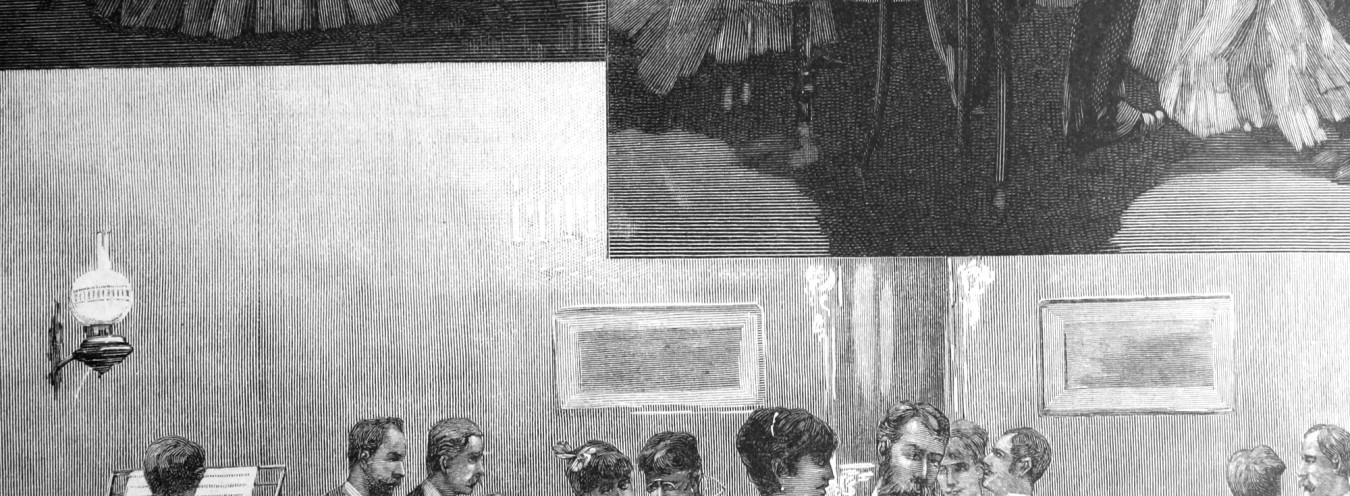
Bourgeoisie
In a celebrated restaurant […] the proprietors of linen stores or wine shops, carriage- and hatmakers, solemn paterfamilias living on their incomes, and the owners of apartment houses with no fixed occupation met to partake of refreshments in the evenings […]. Surrounded by clouds of cigar smoke, and sitting over dark bottles. (1)
Until the eighteenth century, the role played by the middle class in the Polish cultural life was rather insignificant. Their situation started to change after the Great Sejm of the Polish-Lithuanian Commonwealth (1788–1782), when the economic importance of towns and cities – and, consequently, the political power of their inhabitants – started to increase. By the second half of the nineteenth century, the bourgeoisie was already the dominant group within the Polish society. The Doll presents a panoramic overview of their attitudes complete with an interesting display of individuals that made up the growing middle class. Without a doubt, it is the most varied group in the novel, encompassing e.g. the millionaire Wokulski, his impecunious friend Ignacy Rzecki, and his clerks – always hoping for a promotion or pay rise. Prus is interested in every single aspect of their lifestyle and habits, from major economic ventures they undertake to the number of beer mugs they empty every night. He portrays the anthropological richness of this social class, their customs and idiosyncrasies, and attempts to identify the direction and dynamics of their development. The novel shows the bourgeoisie already solidifying its identity as a social class, developing the awareness of its own significance, and trying to enrich and organise itself in a deliberate, consistent manner. It is worth mentioning here that the Resursa Kupiecka (Commercial Club) was one of the very few social organisations active in Warsaw at that time.
→ Merchant; → Warsaw Merchants; → Society;


